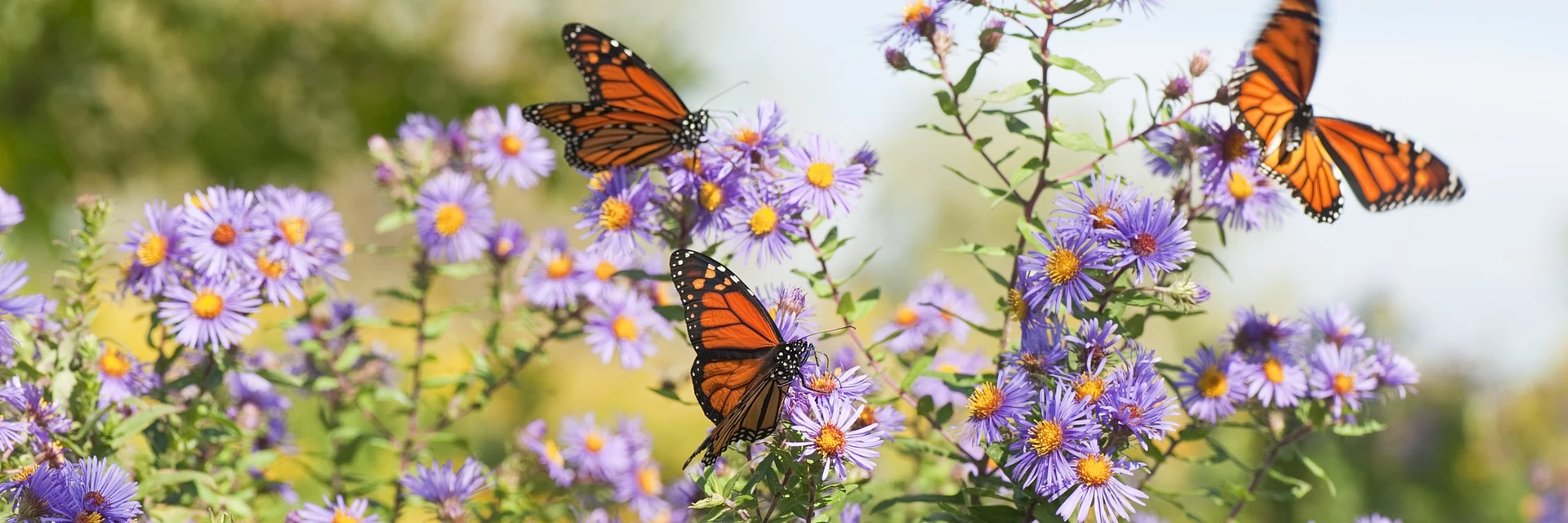More and more of us are keen to support British wildlife and to take care of our environment, and an excellent way to start this work is by looking at the methods we use to garden.
The aim of nature friendly gardening, or sustainable gardening, is to benefit you, the environment and its inhabitants. Reducing waste, conserving water, protecting wildlife and creating a space dedicated to growing plants that will attract a diverse range of birds, insects, and mammals are all methods you can use to create a haven in your outside space. It does not have to be a large space - a single plant pot or window box is enough to make a difference.
Take a look at our resources below to help you navigate your way around creating a nature-friendly outside space.
![NATURE FRIENDLY GARDENING]()
